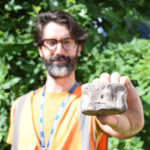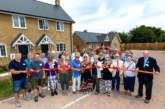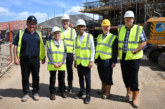Archaeologists working on Cambridge Investment Partnership’s (CIP) new developments, Aragon Close and Sackville Close, have unearthed some Roman remains and artefacts, ahead of work starting on the new homes.
Children from King’s Hedge Educational Federation were invited to visit the developments and experience the archaeological findings first-hand, along with hearing more details from the Oxford Archaeology team who worked at the site.
Overseen by RPS Consulting Services, the team discovered Roman remains preserved beneath the existing car parks and garages at Aragon Close and Sackville Close. The shallow footings of the garages have meant that the archaeological features have been well preserved and many of the finds are in excellent condition. The remains discovered consist of ditches and pits, a potential structure, and several Roman burials.
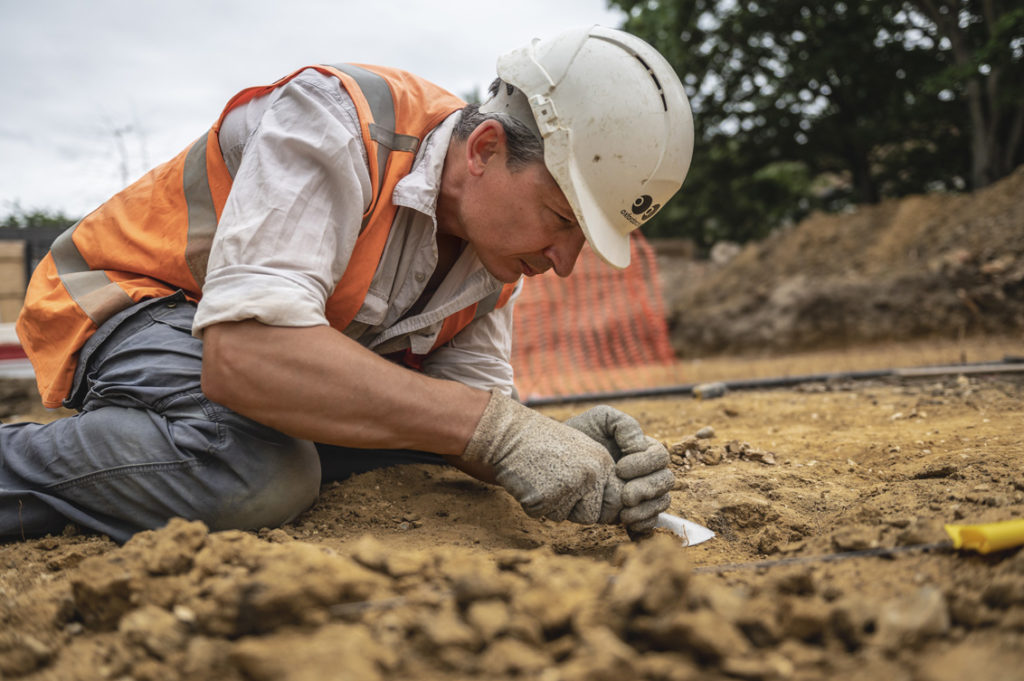
One of these ditches follows the line of Roman Akeman Street (which lies beneath the flats to the west of the site and is also known as Mere Way), which may form part of a roadside boundary. The dating evidence recovered suggests activity on the site dates from the mid-second to late fourth century AD, but this will be further investigated by the team at Oxford Archaeology during post-excavation analysis.
One remarkable find was also the discovery of a fossilised plesiosaur vertebrae amongst an assemblage of otherwise Roman material. Dinosaur fossils are occasionally found in Cambridgeshire and as the Romans were known to be some of the first fossil hunters it is possible that this was a curated object.
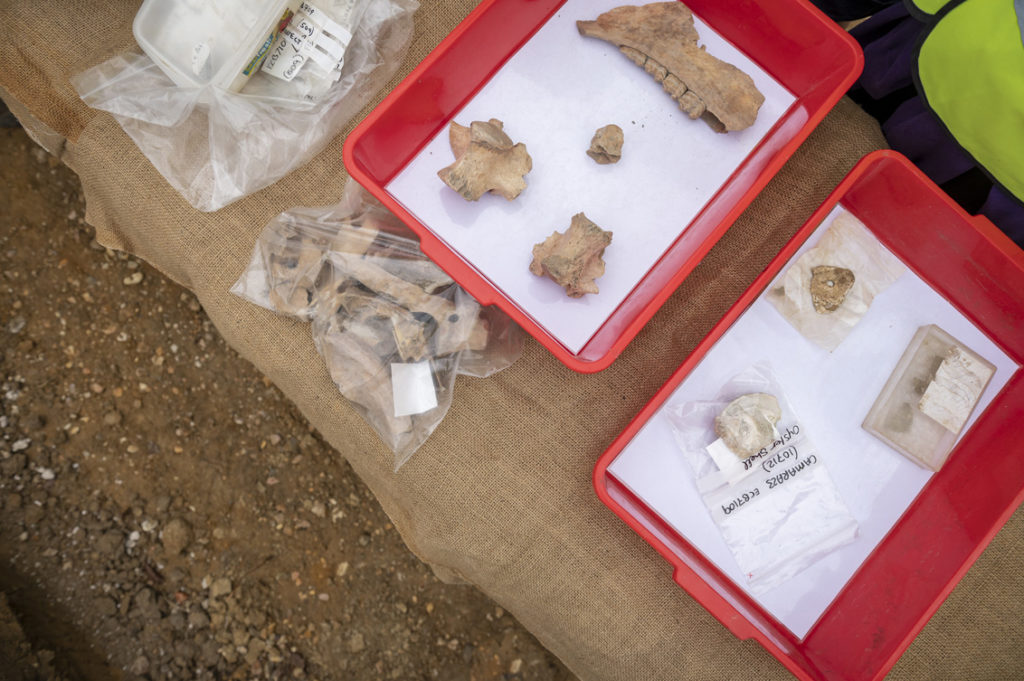
Andrew Greef, Senior Project Manager at Oxford Archaeology said: “As archaeologists we are often asked by members of the public if we have found any dinosaur bones and on this occasion, we actually found one!”
Large quantities of pottery have also been recovered including a Roman face flagon, which is a type of vessel typically associated with burials. The site lies within an area of high Roman activity so these discoveries will add to the team’s understanding the Roman presence in this area of Cambridge.
The school children also learned that King’s Hedges Educational Federation was also built upon the site of a Roman villa, and other burials were recorded during the initial construction of King’s Hedges.
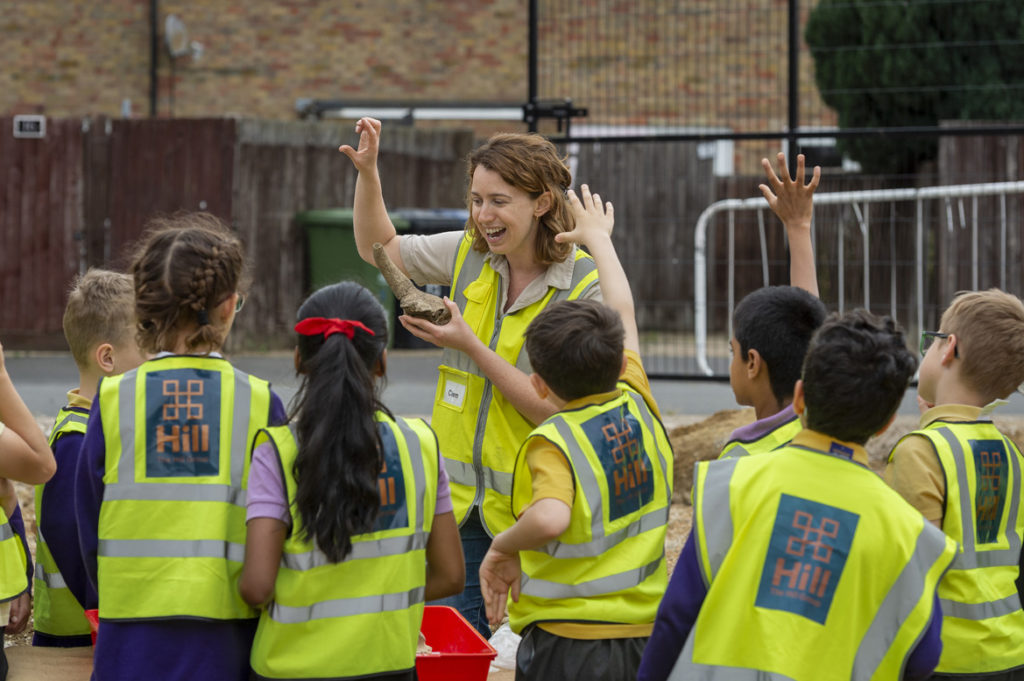
Clemency Cooper, Community Archaeology Manager at Oxford Archaeology commented: “We were delighted to work with CIP and RPS on this project, which enabled us to engage directly with the Year 4 classes from King’s Hedges Educational Federation. They learned about the Romans earlier this year and this was a chance for them to see for themselves what the Romans left behind on their doorstep.
“We ran a couple of workshops in their classrooms to introduce them to archaeology and what artefacts can tell us about the past before they visited our excavation area at Sackville Close to see archaeology in action. The children were really engaged and interested in what we have found and had lots of questions for our team. They loved seeing the fingerprints in the pot with a moulded face design and were impressed at the size of the teeth in the jaw of a cow. We love having the chance to share our findings with local residents and inspire the next generation.”
The discoveries from the archaeological dig will eventually be given to Cambridgeshire County Council Stores once the team have cleaned and recorded them.
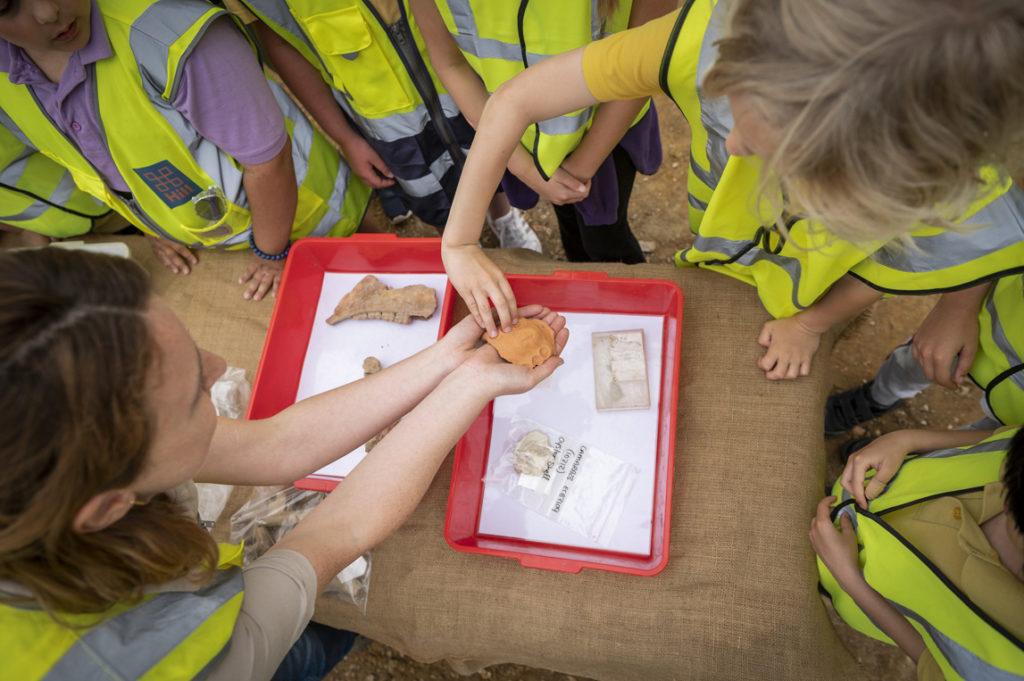
Cllr Gerri Bird, Executive Councillor for Housing and Homelessness at Cambridge City Council and CIP board member said: “It’s really exciting to find out more about the ancient history of the local area and what life was like all those thousands of years ago. Being able to invite the year 4 children along to learn about this ancient civilisation has also been really beneficial and may even encourage one or two of them to consider a future career in this role.”
Tom Hill, Managing Director at The Hill Group commented: “As we embark on building the next chapter in the history of this part of King’s Hedges, it’s always captivating to learn about the lives of the people who lived here before. I’d like to thank Oxford Archaeology for spending time speaking to the children and giving them a real insight into how people used to live and the impact they had on this area.”
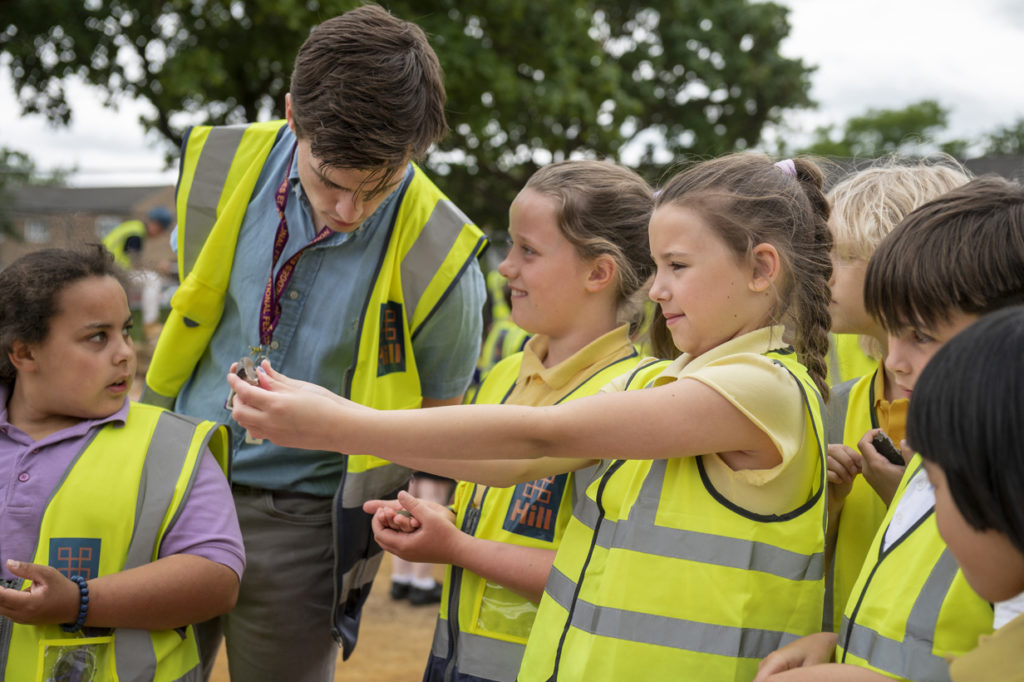
Aragon Close and Sackville Close will each provide seven low carbon highly sustainable council homes. Both sites were previously home to existing garages and hard standing, which have been removed to make way for these much-needed homes.
The homes will have very low energy use and heating costs, with thick highly insulated walls and gas-free heating. The developments will also provide car parking, landscaping, and cycle storage.


